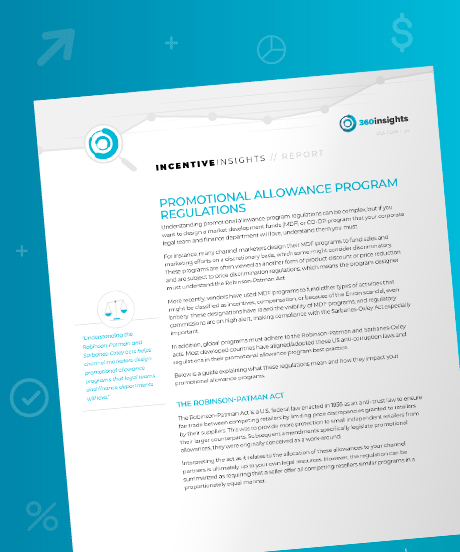Single Sign-On (SSO) is an authentication method that enables users to access multiple applications or services with one set of login credentials. It simplifies identity verification by eliminating the need for separate usernames and passwords for each system.
SSO traditionally involves:
- Linking multiple applications under a unified identity provider
- Providing a centralized authentication process that validates user access
- Reducing repeated login prompts across connected platforms
For businesses, SSO enhances security while improving employee productivity and efficiency. With one secure login point, IT teams can better control access to sensitive systems, reduce password-related support requests, and minimize the risks tied to weak or reused credentials. SSO also saves valuable time by streamlining the login process for employees.
A practical example is in the healthcare industry, where staff use SSO to securely access patient records, diagnostic tools, and scheduling systems throughout their shift. This not only reduces friction in critical, often time-sensitive settings, but also supports compliance with strict data privacy regulations.
Setting Your Program up for Success from the Start

eBook
Promotional Allowance Program Regulations
In this guide, we explain what the regulations mean and how they impact your programs.
Download now, to learn how to create a program that your corporate legal team and finance department will love.
